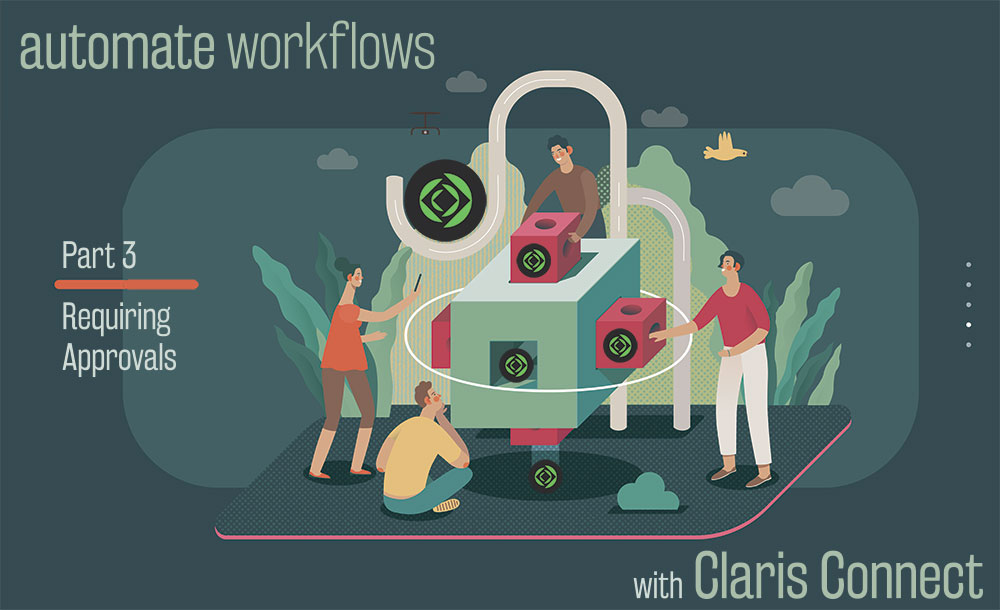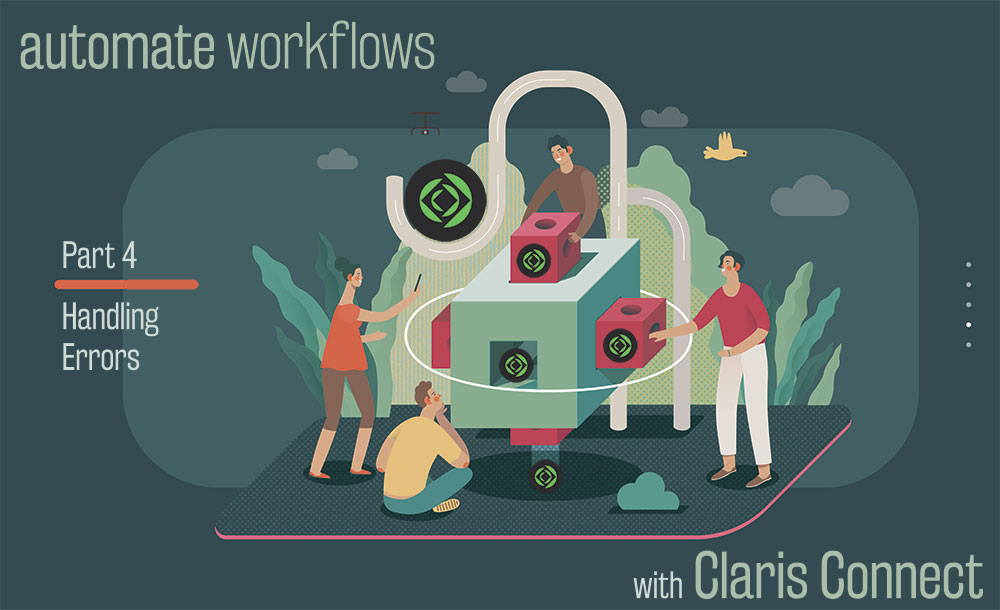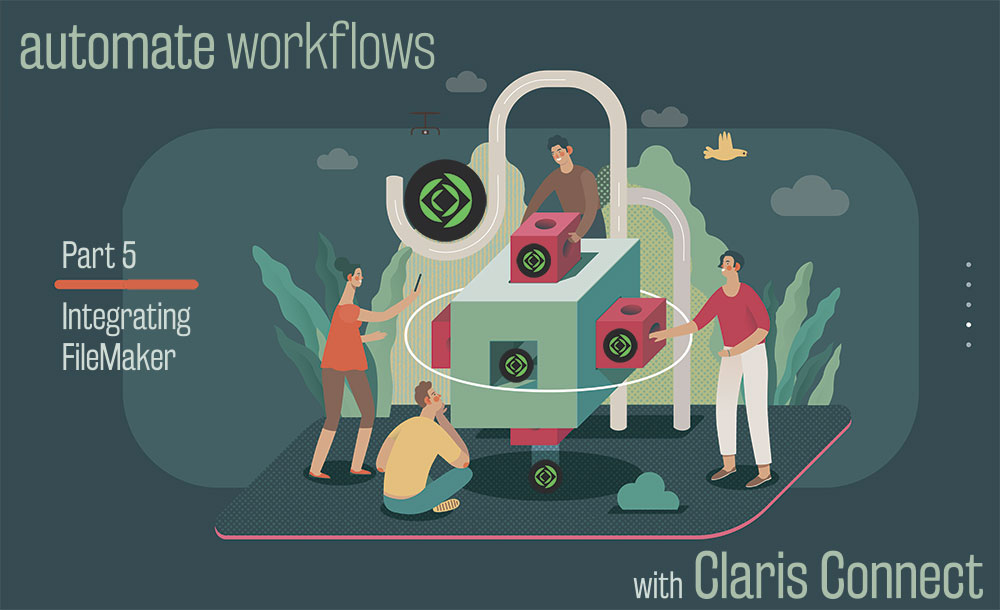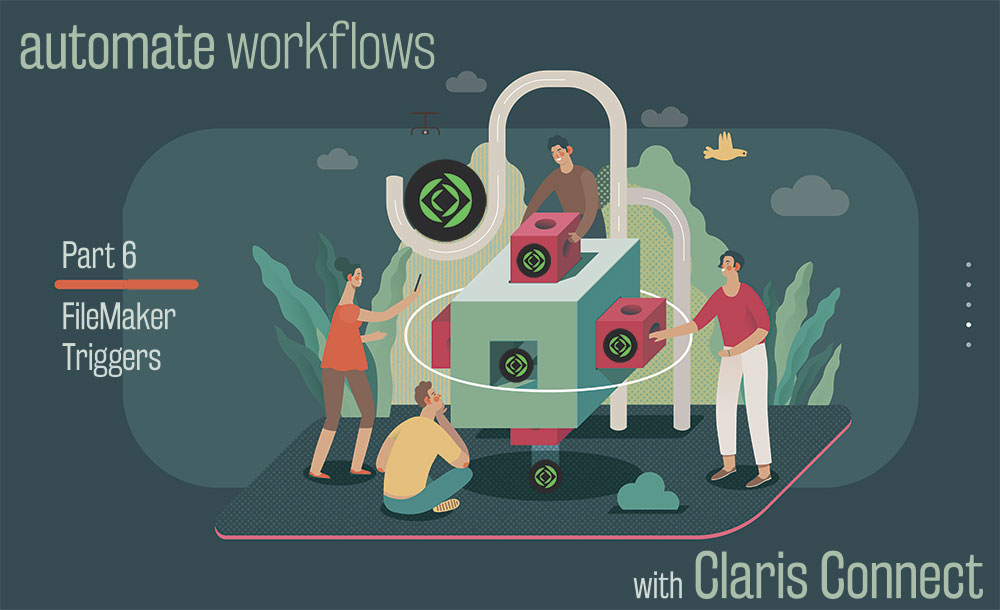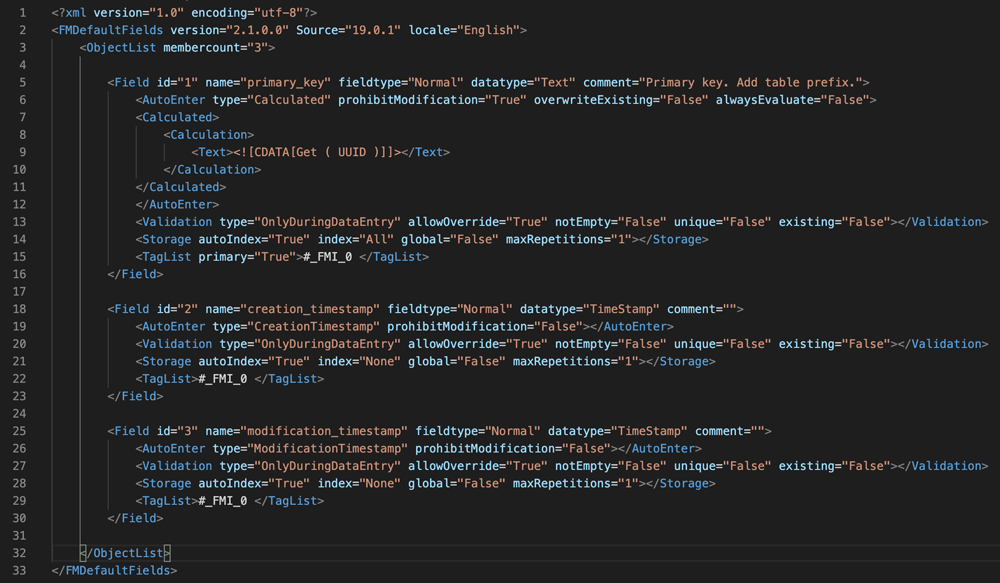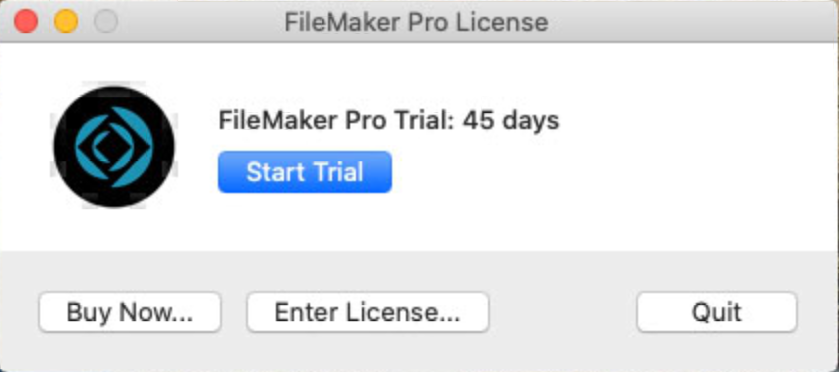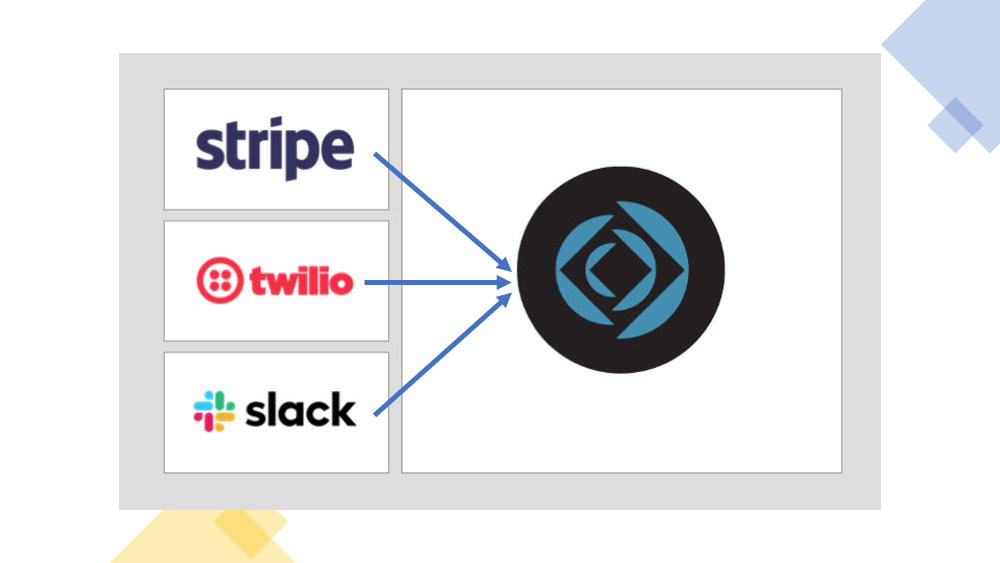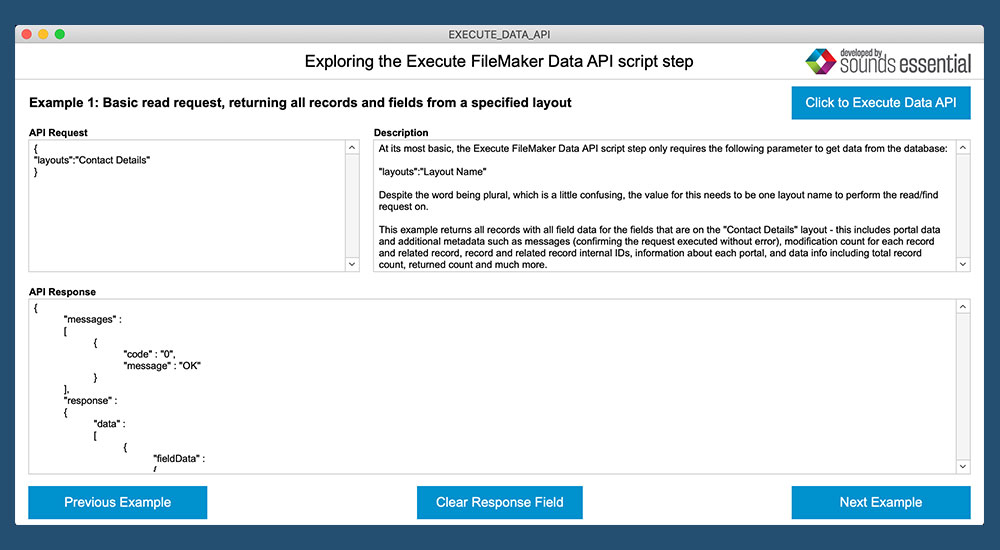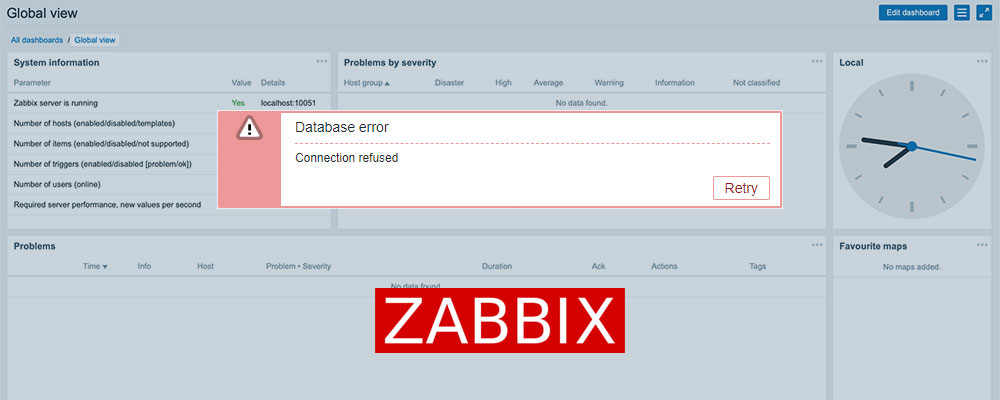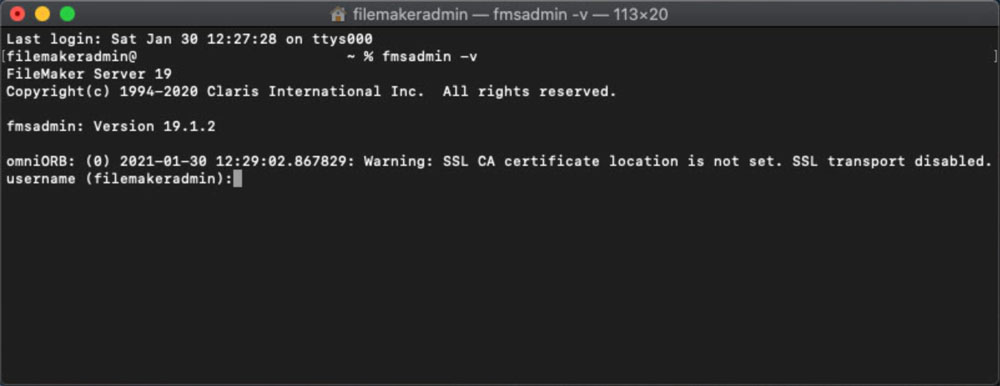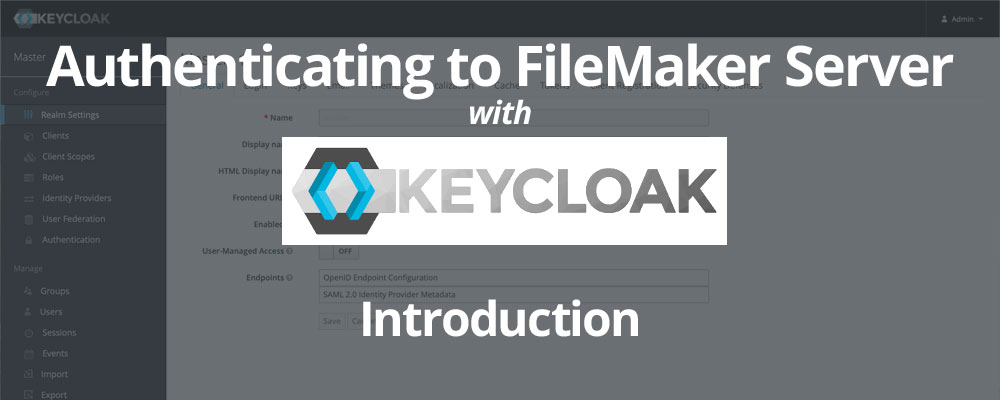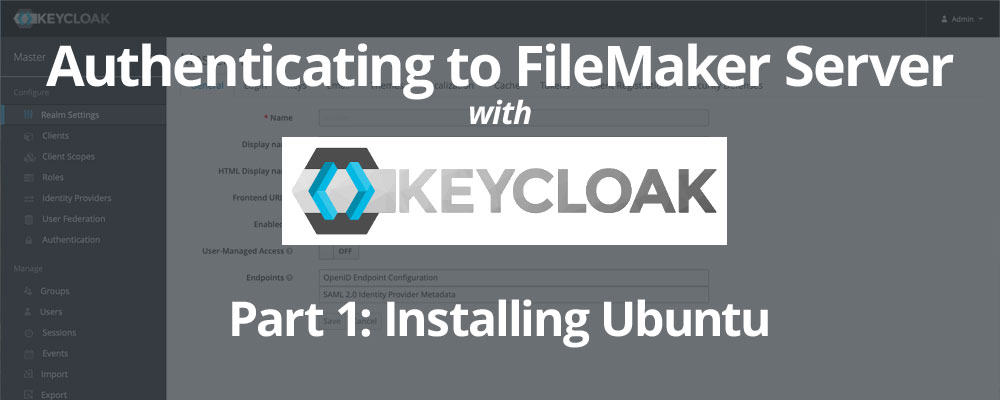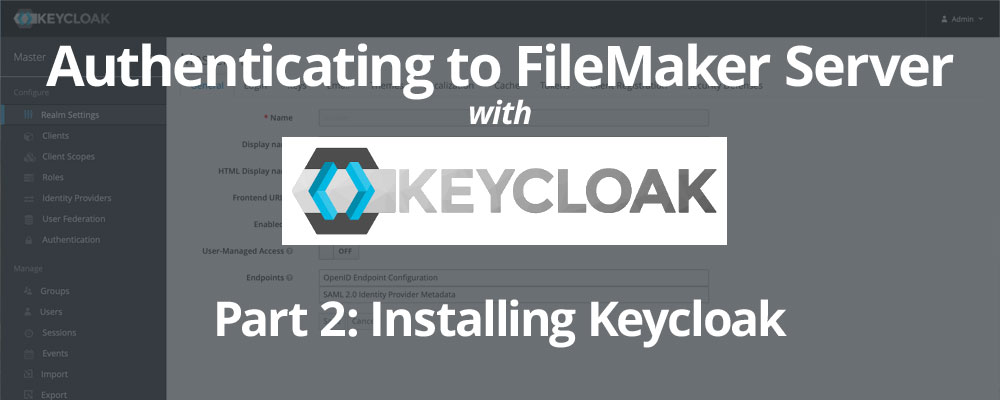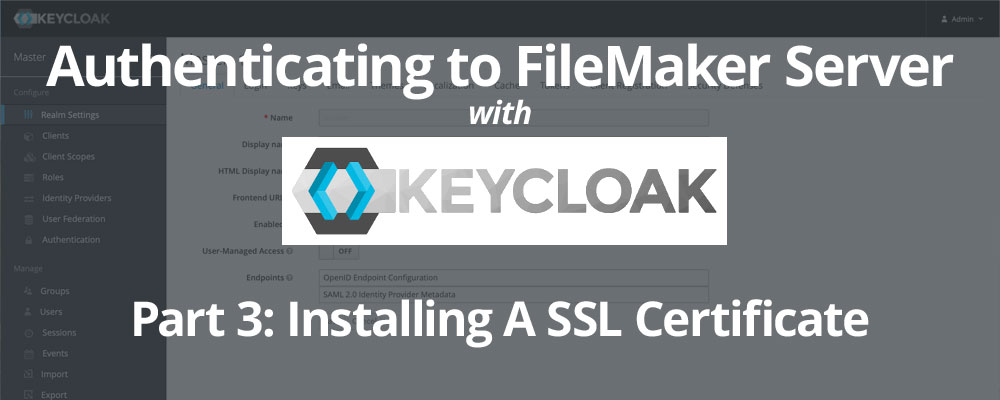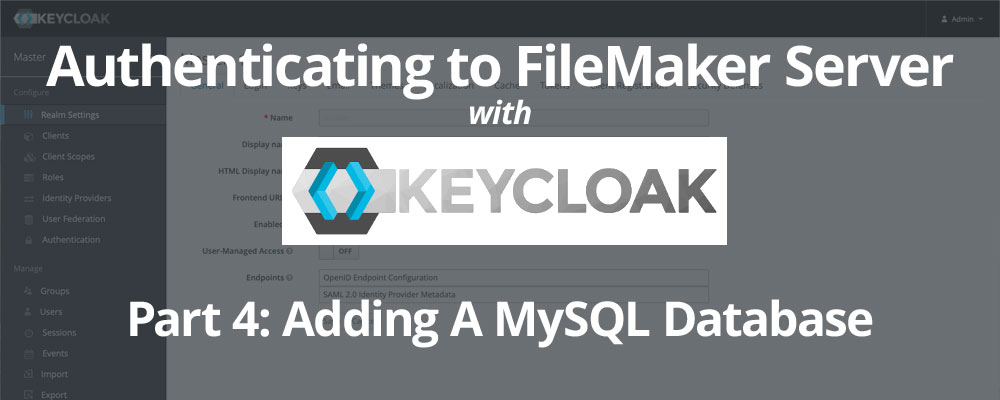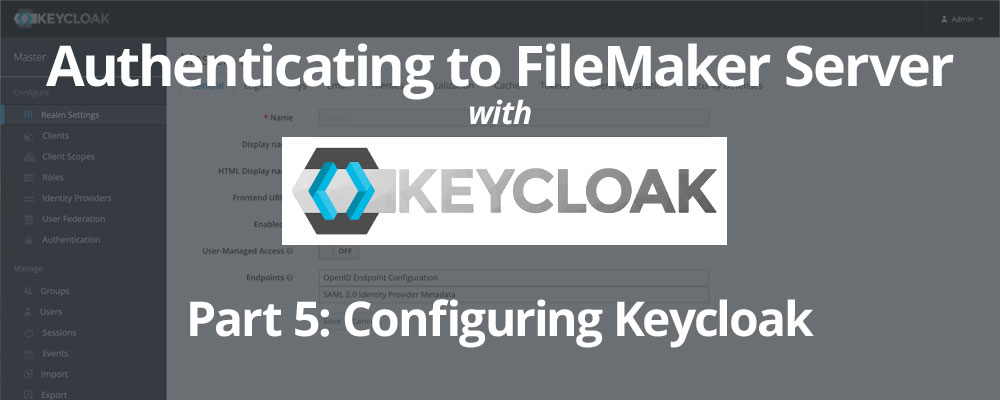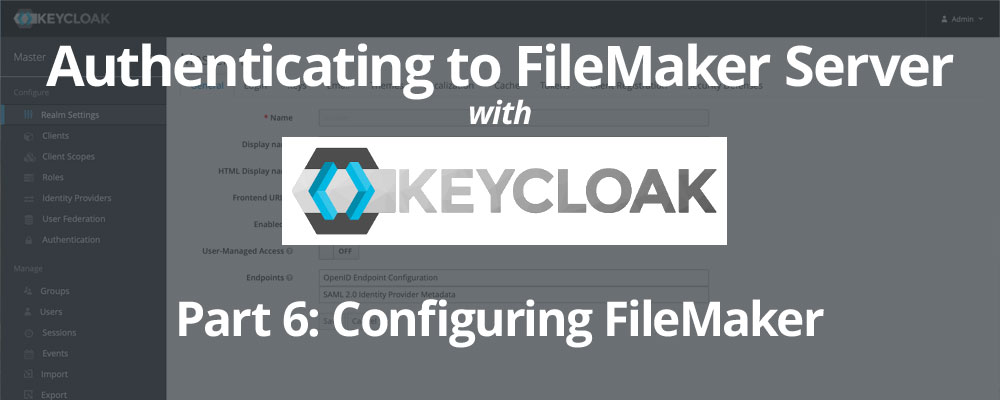Intro to Claris Connect Part 3: Requiring An Approval
Allowing human intervention before an action is executed
At times during an automated workflow, it may be necessary to have a human intervene and make a determination as to whether the next action should take place or not. There are plenty of examples of this, such as an employee vacation request or dispatching a tweet or email campaign. Once again Claris Connect, an IPaaS solution (Integration Platform as a Service), has you covered on this front. In this article, we'll show you how this works.

